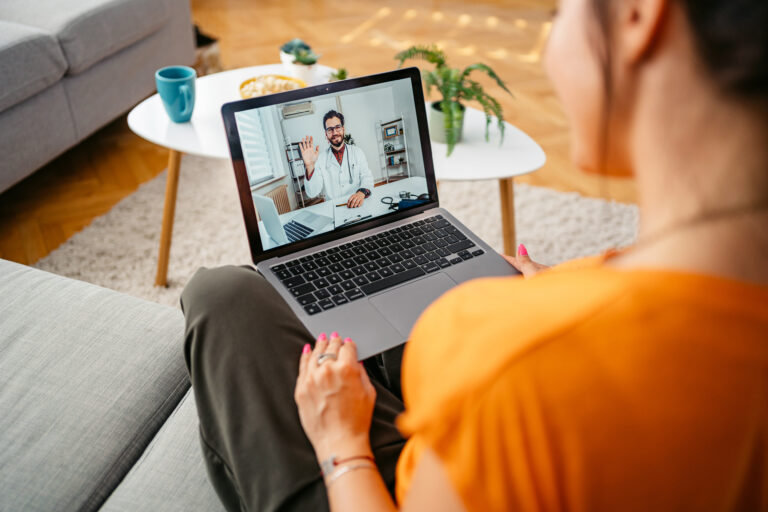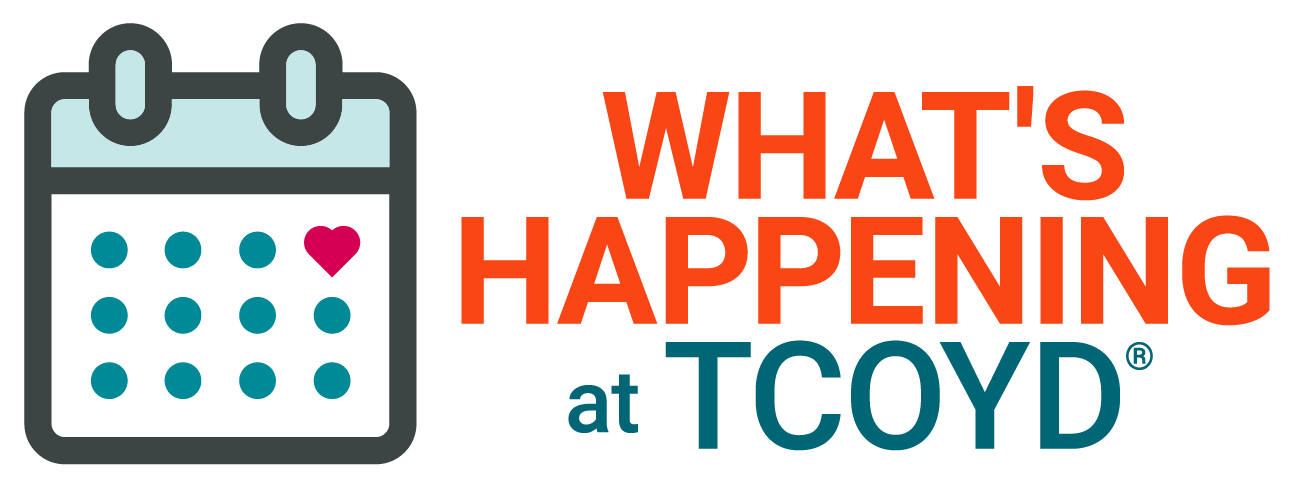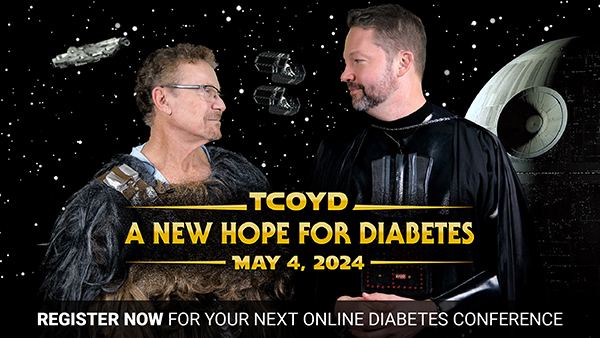
If You Ever Attended a Group Diabetes Education Program, What Did You Think of It?
We know that there are a lot of different opinions out there. Many people report that the experience was quite helpful and that they learned a lot, but lots of others tell us that the group classes were boring and a giant waste of time. And this, unfortunately, reflects the reality of diabetes education programs across America: there are some terrific programs out there, but there are also some really, really bad ones.
What’s the Difference Between a Good Program and a Bad One?
I’m sure that most of you have enjoyed and benefited from the wonderful videos and programs offered by TCOYD®, but– at some point in the future– you or a loved one might want to attend a formal group education program, especially if you’re relatively new to diabetes and want to make sure you’re equipped with everything you need to manage diabetes successfully. How can you make sure that the program is worthwhile?
Well, here’s the secret: these programs are most potent and rewarding when they are designed to be personal. This means that the group leaders don’t focus on diabetes in general, but instead talk about your diabetes, your last A1C, your concerns about your medications, and more. For example, a lecture about why glucose levels rise after high-carb meals is likely to be pretty boring, but a discussion about why your glucose levels rise after breakfast every morning might be a lot more interesting. We call this “discovery learning”. And you can see how it makes sense. You are a whole lot more likely to be interested in what’s being discussed when it is personally relevant for you.
What Our New Program Offers
A good program needs to include a good amount of time answering participants’ questions and addressing their personal concerns. So, no lectures allowed! Also, the program needs to make good use of home glucose monitoring as a critical part of the program. This could include a continuous glucose monitor or a finger stick glucose monitor. In both cases, this means learning how to use the monitor in a “structured” fashion to learn how food and activity can affect glucose levels (for example, checking before and after a brisk walk).
If you are interested, my colleagues and I here at the Behavioral Diabetes Institute have a new program starting right now that concerns this very topic. This is only for people with T2D who are struggling with their glucose control, but it is open to anyone living in the United States. We would love to have you join us. To find out more and see if you might qualify, click below to apply. Or for more information, email us at ahhastudy@behavioraldiabetes.org or call us at 858-336-8693.
Enhancing the Benefits of Group Diabetes Education:


Leave a Reply